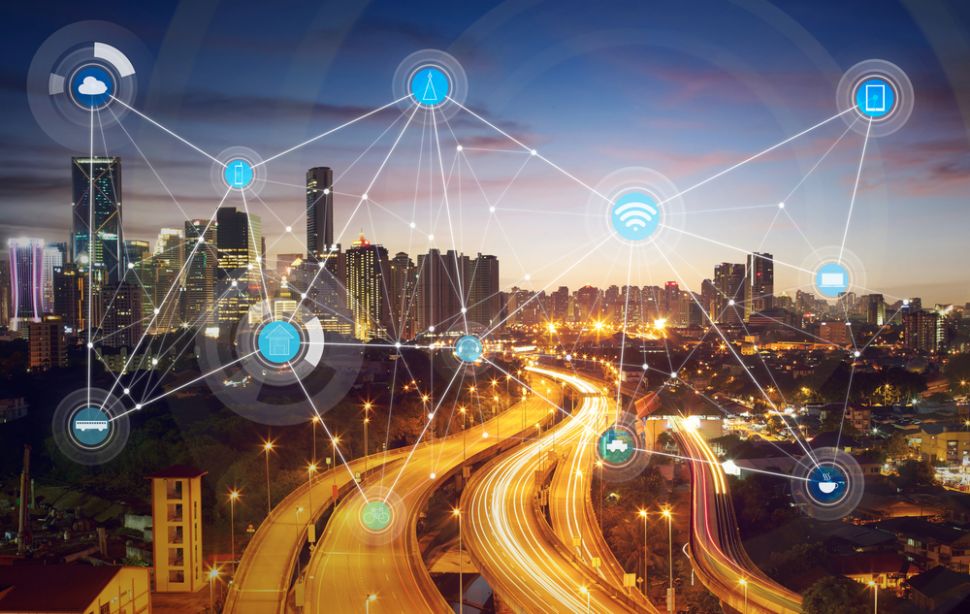Is 5G the future of mobile networking?
In the race to 5G, beware the return of the Concorde

The race to 5G has certainly captured an outsized proportion of airtime in the marketplace in recent years, along with no shortage of controversy. Putting the wider geo-political context to one side, two clear camps have emerged within the industry itself which are fueling the debate. One which believes that 5G is the future and ‘the next big thing’, and the other which believes it is largely an expensive marketing gimmick with no real value or use cases in the real world.
As it turns out, history has a thing or two perhaps to teach us about which one may be right. The year is 1969 and Concorde, the fastest-ever commercial aircraft, is unveiled to the world with the ability to fly at 1,354mph. At a total development cost of £1.3bn (or approximately £33bn today, accounting for inflation), this marvel of technology cruises at approximately Mach II and promised to get passengers from Paris to New York in less than 3.5 hours.
Fast forward to today, and Concorde has been relegated to the museum. Although just recently retired, the 747 had its inaugural flight the same year as Concorde but proved to dominate the skies for the last fifty years. This despite only flying at a paltry 570mph. Why did the obviously faster and superior technology not win in the long-term?
Simply put, Concorde was too costly to run – it put speed over efficiency, and this made it very expensive. Double the flight time, in real economic terms, is actually perfectly acceptable when the alternative ticket is eight times the cost. Concorde was all about prestige, but there was not actually much of a market willing to pay for this super increased speed.
So what can this teach us about 5G?
Like the Concorde, 5G will be eye-wateringly expensive to deploy. It suffers degradation through windows and walls, making indoor coverage very tricky. As a result, it is estimated that to bring 5G just to UK cities would require more than 300,000 extra masts. By comparison, there are currently between 30,000-40,000 masts currently in the UK – from 2G to 4G – which have been deployed over the better part of 30 years.
Seemingly unconcerned with the fact that it isn’t really commercially feasible, 5G is about prestige – much like Concorde. The increased cost to run this network will not yield much benefit to the consumer. In reality, consumers do not need the increased speed. 4.5G (LTE Advanced) can reach speeds of over 300Mbps with a latency of 5ms. 4G standard (LTE) has a download speed of 100Mbps, upload of 50Mbps and latency of around 10ms. A VoIP call can operate over a 120ms latency, and video conferencing calls work fine over a good 4G connection. Other than high intensity online gaming (which isn’t likely to be done via mobile anyway), there are no real consumer apps which require a speed of more than 2-4Mbps. Netflix HD requires 5Mbps, and real-world testing shows Netflix 4k to use between 8-16Mbps. All well within the capabilities of 4G.
But wait, you say. Why is 4G not performing to this standard currently if these are the capabilities? There are several factors to that, all of which can be addressed through strategic investment by both the government and the industry. Among them are densification and capacity of towers, finally finishing 4G deployment, and enabling more capacity (i.e. fixed lines) to the towers to fulfill its full potential. A lot of the current 4G speed issues are not between the user and the tower, but rather the tower’s connection to the internet.
Sign up to the TechRadar Pro newsletter to get all the top news, opinion, features and guidance your business needs to succeed!
What are the benefits of 5G?
Several use cases for 5G are often highlighted, but they don’t really hold much water. Downloading a film in seconds, for example. This is the epitome of a red herring. Provided a film downloads as fast as you can watch it, in the highest quality you need, this is not of much real-world use. If anything this use case seems to cater for a scenario where you would need to burst to download a film and then you would leave coverage. I argue that it would be much better if high quality 4G coverage was everywhere, and could get data as you require it.
Another fascination is the development of smart, autonomous vehicles. Think about it – to me, a vehicle which is reliant on a SIM card seems highly dubious. Self-driving autonomous cars must be exactly that, able to function without a connection to anything, or a tunnel could become an interesting adventure.
The cold hard truth
The cold hard truth is that a densification of 4G, and an increase in capacity of back-haul, is what the market actually needs. People want coverage everywhere (be that 4G, or WiFi) and low latency use cases do not exist for the mass-market (who want to video call their partners, use Facebook and Instagram and send a few emails).
5G, like Concorde, is no doubt the pinnacle of engineering and a marvel of technological progress - but making something just because it is cool is foolish. Providers racing to be first on 5G may be ahead of the game in terms of service, but history has shown that if you charge significantly more than the competition, the long-term commercial prospects don’t look very good.
Instead, the provider which can explain to the mass market that they are focusing on 4G and true universal coverage will be not just brave, but also correct.
- Gregg Knowles, Technology Director at plan.com.
- We've listed the best cloud storage providers.
Gregg Knowles, Technology Director at plan.com. He is focuses on delivery and outcomes over process, he manages a team that are responsible for all IT functions in group.
